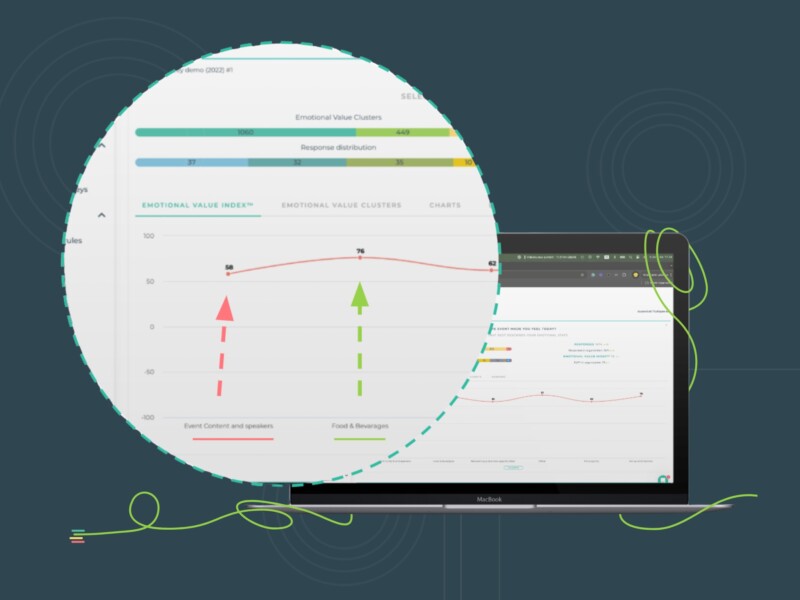Any business can be prepared to invest in Customer Experience (CX) in the motive of enjoying its benefits and supporting the growth of the organization. But, does improving CX mean the same thing for every firm?
The idea of CX and the process of planning and implementation can be different for SMEs as opposed to large enterprises. For a business that’s just beginning to sprout its wings, CX would mean winning new customers with fabulous customer service. However, for a large enterprise that is already in the frontline of seamless customer service and provides a host of amenities for its customer base, improving customer experience would mean testing new waters. At the same time, some SMEs can prove to be better than their large rivals in CX.
What are the reasons for such differences? Today, we are going to explore why the concept of CX differs between SMEs and enterprises.
Financial Constraints
The capacity and availability of resources to use in CX vastly differ from small firms to large organizations depending on their ability to invest in CX. Well established companies will be equipped with experienced employees and sophisticated technologies to observe, identify, and analyze customer behavior. They would also have special CX software to measure the impact of their strategies. The scope to perform advanced data analytics or invest in CX software for small firms will be limited as they would have many other priorities overriding investment in CX.
However, this doesn’t mean enterprises always offer better CX than SMEs. The ability to utilize the available resources efficiently and identifying customer preferences and expectations utilizing low-cost resources like social media can help brands maximize the impact of CX.
Market Size
Even without financial constraints, the approach to improve CX by SMEs will be much different than large enterprises. One of the reasons for it is the market size of each business. The market size determines the size of the client base, number of competitors, access to resources, and scope for growth. While SMEs will only utilize simple CX metrics, large enterprises will use multiple, complex performance indicators to measure CX. Thus, the results derived from these can also differ drastically. However, smaller market size also acts as a benefit for small firms to provide a better customer experience as their ability to cater to client expectations through personalized service is greater than a large enterprise that has to handle a large customer base.
Corporate Culture
The difference in organizational culture between SMEs and large enterprises can also act as a primary factor for different CX approaches. The existing culture of an organization is the foundation stone that drives employees’ behavior and attitudes. If the culture doesn’t emphasize the importance of customer experience or if the firm is new to the concept of CX, the employees’ effort on improving CX will be very insignificant. On the other hand, employees who are more exposed to in-depth knowledge and training on CX will be proactively engaged in improving it. This can result in drastic differences in planning and implementing CX.
But, the existence of siloed departments, lack of coordination and cooperation, and a low level of employee engagement prevalent in large enterprises can act as barriers to seamless customer experience. The attention that a single customer gets here is very insignificant. SMEs can easily avoid these bottlenecks as the control of organizational activities is much simpler and easier. This can help them provide better CX than their large counterparts.
Why is it important to understand these differences?
For a business to identify the best CX planning strategies and appropriate metrics to assess their impacts, it’s important to consider the market size and culture as much as the financial capacity. The market size will help you understand the exact niche of your business, understand the level of competition, and identify how to improve CX to gain a competitive edge. More importantly, market size is a key element to identify your typical customer persona and their expectations, preferences, and purchasing behavior.
Evaluating the existing market culture will help you identify the best method to improve employee engagement and motivate employees to contribute towards better customer experiences. It also helps you identify existing barriers that prevent customers from enjoying the optimum level of experience that you intend to cater to them.
Therefore, don’t forget to consider these aspects when you plan CX tactics for your business!



